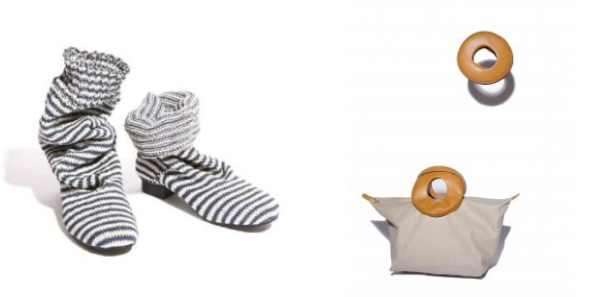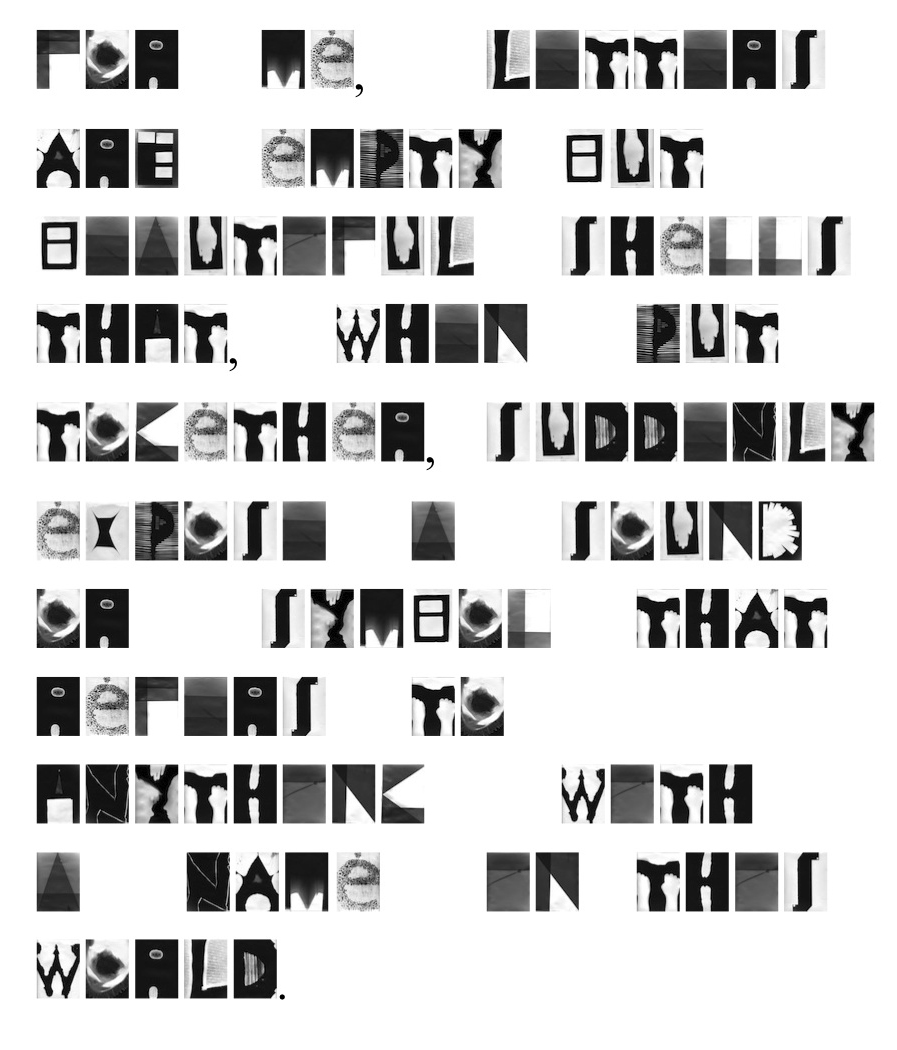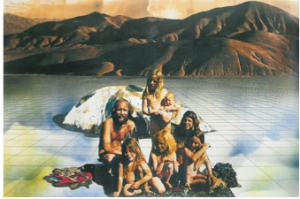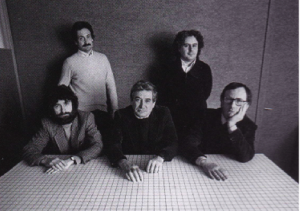De gehele expositie ‘monumenten voor de toekomst, El Lissitzky’ trof mij als warrig, misschien mede door het eerst kijken van het theaterstuk, waar hij aan had meegewerkt, uitgevoerd door Amerikaanse theatermakers, lang na zijn dood.
Theater is een ding, experimenteel theater een ander en een video-regristratie van experimenteel theater nog een stap verder van mijn bed. De bedoeling van de tentoonstelling is om te laten zien hoe dynamisch Lissitzky was, zijn werk is dat ook, vaak onaf, vol ideeën over de toekomst. Maar de meeste dynamiek die ik gevonden heb, zat in het kleinste kamertje van het Van Abbe Museum, het was ook de laatste ruimte die ik nog niet gezien had. Het was een video spel, geprojecteerd op een groot scherm met een comfortabele rode tweezitsbank er tegenover. Het was het spel ‘Proun‘ van Joost van Dongen, mede geïnspireerd op Lissitzky. je was een bal die voortstoof op een buis, je kon vooruit en draaien om de buis. onderweg waren er enkel geometrische vormen die uit de weg gegaan diende te worden, er was geen boven of onder, geen einde, enkel abstractie en zeer veel dynamiek. Wat het Van Abbe probeerde te bereiken via het werk van Lissitzky, is hen gelukt via een video game. Hier raakt de expositie aan de toekomst, en aan dynamiek, de kunst kan nog veel groeien en ontdekken in de wereld van de nieuwe media. Games, web-art, conceptuele kunst op je I-phone van alles is daar mogelijk. Jammer dat hier verder geen aandacht aan is besteed in de tentoonstelling. Het doel was immers een tentoonstelling te maken die lissitzky in deze tijd plaatst. bij het spel stond ook niet van wie het was, waarom het er was of dat het er überhaupt stond. een klein gemis
Archive for March, 2011
Proun
Wednesday, March 2, 2011
We love geometry
Wednesday, March 2, 2011
Geometry appeals to us. When I was very young, I remember playing with wooden squares, circles and triangles, trying to find the right hole for them. Apparently, we learn to recognize geometry’s basic shapes from an early age. Not only is it one of the oldest mathematical sciences, it provides practical knowledge to interpret size, volume and relative position of figures in all kinds of situations. Through the axioms of geometry, measurements can be reduced to a simple set of lines, making our world a very synoptic place and providing us with a feeling of – why not – security and intelligent understanding.
Eatable fashion and so on..
Wednesday, March 2, 2011
BLESS DESIGN was founded in 1997 by Ines Kaag in Berlin, and Desiree Heiss in Paris.
In ’99 and ’04 they received the ANDAM fashion award.
They’re philosophy is creative freedom, they are busy with totally innovative fashion accessories through design to art.
The Bless creative expression takes the form through numbered editions, with a permanent research of timelessness. They’re way is to create without definite perimeter.
The two designers escape from any calibrated definition of fashion, “BLESS does not promote any style – BLESS fits every style!” they kept tight they’re initial concept and idea which was to combine creations between fashion, design, art and architecture.
The objects created by Bless result from the fascination of Desiree Heiss and Ines Kaag for recycling, the diversion of the uses and the traditional techniques.
They’re accessories turn what was supposed to be regular and unquestionable into surprising.
Like, for example the shoe-socks, that is a socks boot like, with a sole under, or from the collaboration with Le Pliage®, the bag that can be folded inside it’s own circular leather handles and can be worn as a bracelet.

Superstudio
Tuesday, March 1, 2011
Superstudio was founded in 1966 in Italy by Natalini, Torrelado di Francia, Alessandro, Roberto Magris and Piero Frassinelli. The group developed as a result of the expanding cities, which contributed to the growing amount of products and design. Later on they focused more on architecture and they did cut-outs and city plans of over expanding cities.
In the 60s the post-war modernization was a fact in Italian society and decimating the surrounding urban landscape. Mussolini’s fascist regime contributed to the invitation of Italian mass society, but did not construct a mass consumer culture. That would be the accomplishment of the governments who supported private investment. There
was no sufficient safety regulation to ensure proper building methods. The result was catastrophic, with speculative buildings placed randomly through the urban margin. Italians were becoming more urban and more hooked with their object world, but adapting to this new consumer oriented lifestyle unavoidably meant that they came apart to traditional habits.
During this time the student population doubled to half a million, providing a force behind the rise of mass student culture. This slide towards social breakdown was brought into view through the work of some of the countries artists. Like Michelangelo Antonioni who with his film “Red dessert” showed a devastated landscape with factories and pollution. This was a reminder of a simpler past and reflected on the built environment.






